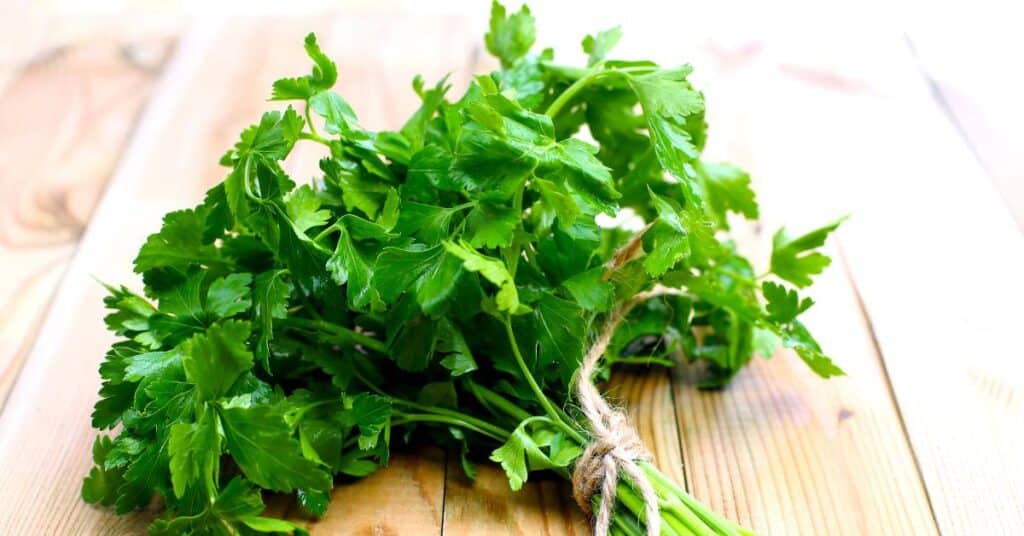
Parsley is a popular herb used in many dishes to add flavor, texture, and color. However, there may be times when you find yourself out of parsley or looking for a substitute that caters to your dietary needs or taste preferences.
In such situations, it’s helpful to explore the variety of alternatives that can replace parsley without compromising the taste of your dish. Many substitutes offer similar flavors or even unique tastes that can enhance your culinary creations.
Some common substitutes for parsley include cilantro, celery leaves, and chervil. These herbs each bring their own distinct flavors while maintaining the essence of parsley. Try experimenting with these options to discover the perfect match for your recipes.
Why Substitute Parsley
Parsley is a popular herb used in many recipes for both its flavor and garnishing properties. However, there are several reasons one might want to find a substitute for parsley.
In some cases, the unique flavor of parsley might not be preferred, or it could clash with the other ingredients in a dish. Additionally, some recipes might call for a more special or unique touch, leading to the need for a different herb.
Another reason to substitute parsley is if you simply don’t have it on hand. In a pinch, it’s helpful to know which herbs can work as a stand-in without compromising the overall taste of your recipe.
Finding a suitable parsley substitute often depends on the specific dish and the desired outcomes. Providing variety and trying new flavor combinations can be an enjoyable aspect of cooking, making it necessary to explore alternative options.
Fresh Parsley Alternatives
Cilantro
Cilantro offers a bright, citrusy flavor and is often used in Mexican and Asian cuisine. Its appearance is similar to parsley, making it a visually appealing substitute. Cilantro works well in fresh salsas, salads, and sauces.
Chervil
Chervil, a member of the parsley family, shares a mild, sweet flavor profile. Its delicate leaves work well in lighter dishes like salads, soups, and fish preparations. Chervil’s flavor tends to fade quickly, so add it towards the end of cooking.
Basil
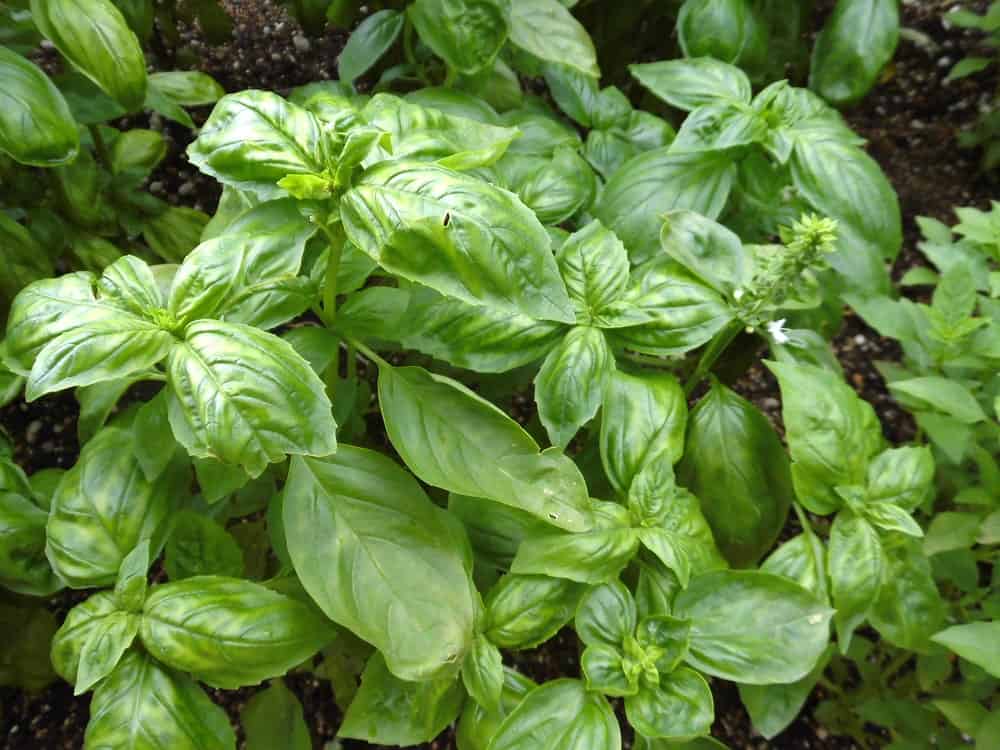
Basil provides a sweet, slightly peppery taste, making it a versatile parsley substitute. Use it fresh in salads, sandwiches, and tomato-based dishes. Basil comes in several varieties, including sweet, Thai, and lemon, offering different flavor profiles to experiment with.
Tarragon
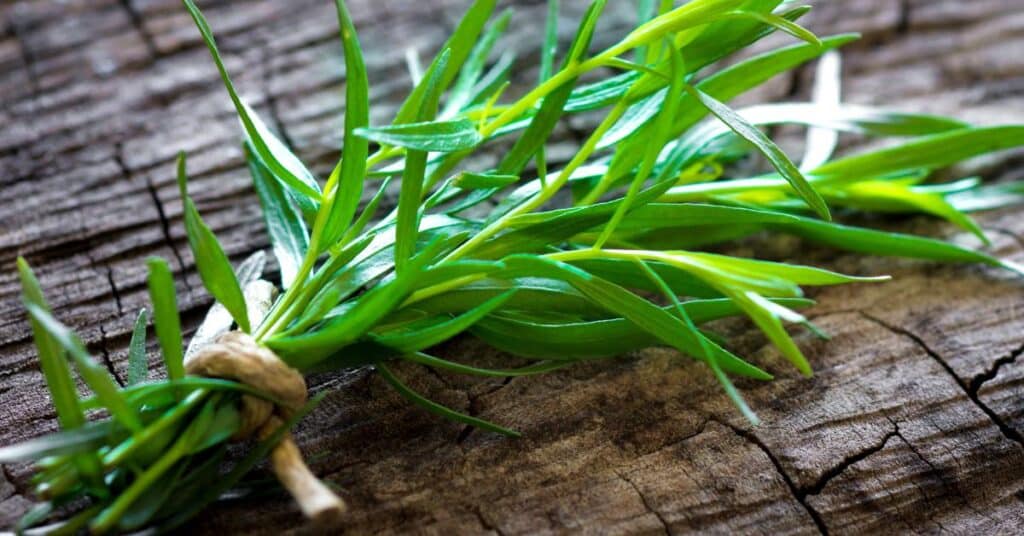
Tarragon has a subtle anise flavor, perfect for adding depth to sauces and dressings. Its long, slender leaves can be chopped finely to mimic parsley’s texture. Tarragon shines in dishes like chicken, fish, and vegetable preparations.
Arugula
Arugula, a peppery and slightly bitter green, offers a more robust flavor compared to parsley. Use it in salads, pesto, or as a topping on grilled dishes. Arugula’s distinct taste pairs well with citrus and cheese, adding a unique twist to traditional parsley dishes.
Oregano
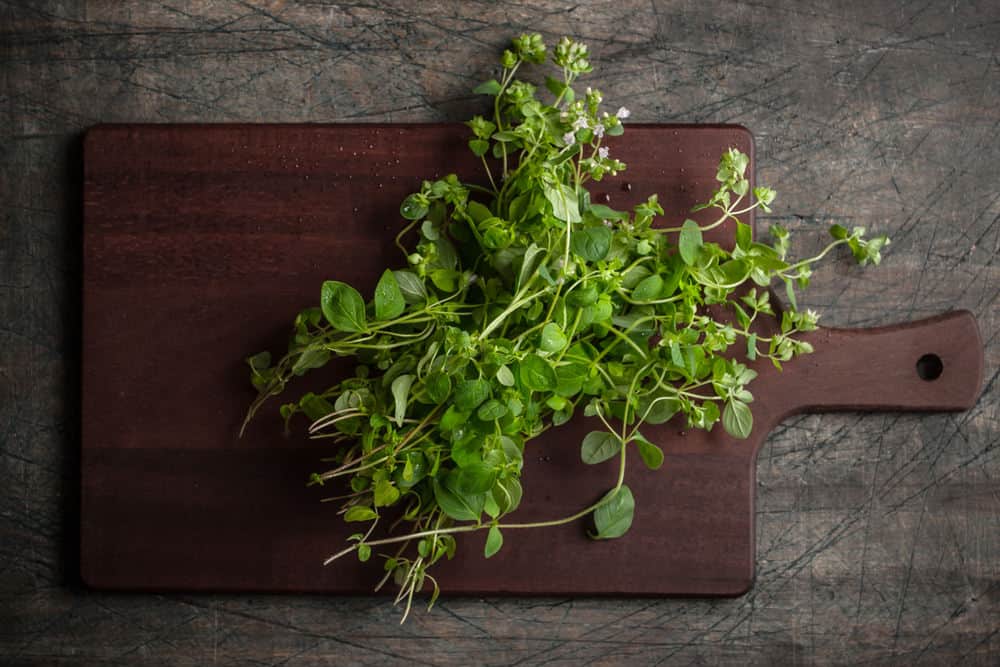
Oregano, a classic Mediterranean herb, offers a bold, earthy flavor. It pairs well with tomato-based dishes, meats, and hearty vegetables. Use fresh oregano in moderation, as its flavor can be overpowering.
Celery Leaves
Celery leaves provide a light, fresh taste, similar to parsley, but with subtle hints of celery. They can be chopped and used in salads, soups, and sauces. Use celery leaves as a garnish or in dishes where a milder flavor is desired.
Carrot Greens
Carrot greens, often discarded, offer a surprisingly versatile flavor for a parsley substitute. They have a mildly bitter, earthy taste. Use them in salads, pesto, or as a garnish to add both color and flavor to your dish.
Endive
Endive is a leafy green, offering a mild, slightly bitter taste. Both the curly endive (frisée) and Belgian endive can be used as parsley substitutes. Chop the leaves finely to resemble parsley, or use larger leafy sections for added texture in salads and other dishes.
Dried Parsley Alternatives
Dried Basil
Dried basil can replace parsley in various dishes. Its sweet, peppery flavor complements soups, stews, and tomato-based sauces. Keep in mind, however, that basil has a stronger taste, so use about half the amount of parsley called for in the recipe.
Dried Oregano
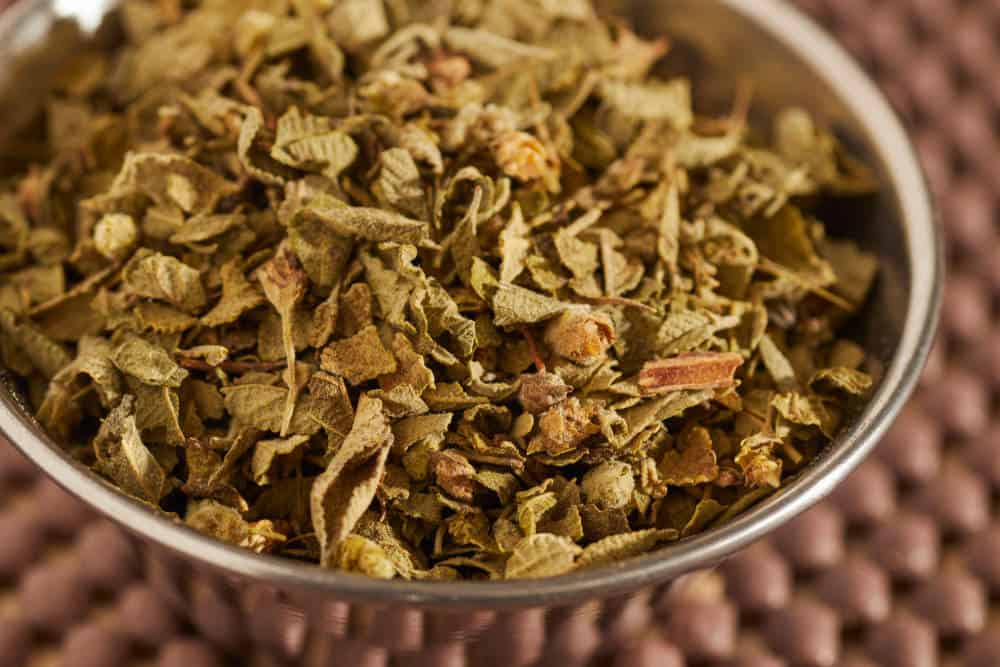
Dried oregano is another suitable substitute for parsley. This herb has a robust, earthy taste that pairs well with Mediterranean and Mexican dishes. To avoid overpowering other flavors, use oregano sparingly when substituting for parsley.
Dried Chervil
Dried chervil has a mild, slightly sweet flavor that’s similar to parsley. It works well in various recipes, including soups, dressings, and salads. When using dried chervil, use equal amounts as you would with parsley to achieve the desired flavor.
Dried Tarragon
Dried tarragon offers an anise-like flavor that can substitute for parsley without completely altering the dish. It’s commonly used in French cuisine and pairs well with fish, chicken, and egg dishes. Remember to use less tarragon than parsley to maintain balanced flavors.
Dried Chives
Dried chives, with their subtle onion taste, can also replace parsley. They work well in salads, dips, and potato dishes. Swap dried chives for parsley in equal amounts to add a fresh flavor without overpowering the dish.
How to Choose the Right Substitute
When looking for a parsley substitute, consider the flavor and aroma of other available herbs. Some herbs share a similar fragrant and green taste with parsley, making them suitable replacements. Chervil, cilantro, and basil are common alternatives that can be used in recipes.
Chervil has a delicate taste, close to parsley, mixed with a hint of anise. It pairs well with fish dishes and light sauces. Cilantro, on the other hand, offers a refreshing, slightly citrusy flavor, suitable for Mexican, Indian, and Thai cuisines.
Basil provides a sweet and peppery taste, perfect for Italian and Mediterranean dishes. Each of these herbs contains antioxidants, vitamins, and minerals beneficial to your health. While swapping out parsley, remember to adjust the amount based on the intensity of flavor desired.
To ensure a successful parsley substitution, pay attention to the recipe’s demands and choose an herb that complements the dish’s other ingredients. By doing so, you’ll maintain the dish’s integrity while enjoying a similar flavor profile and nutritional benefits.
Substituting Parsley in Different Cuisines

Italian Cuisine
In Italian cuisine, parsley is often used to add flavor and color to dishes. If you need a substitute, try using fresh basil, which provides a similar color and a complementary taste to many Italian dishes. Another option is oregano, which has a strong flavor and works well in pasta sauces, meat dishes, and salad dressings.
Mexican Cuisine
Mexican cuisine often calls for parsley, but cilantro is a more common herb in this culinary tradition. To substitute parsley in Mexican dishes, use cilantro or a mix of cilantro and epazote. Epazote adds a unique flavor and aroma that complements Mexican spices like cumin and chili powder.
Middle Eastern Cuisine
Middle Eastern cuisine frequently uses parsley in dishes such as tabbouleh and falafel. If you’re looking for a substitute, consider using mint or dill. Both herbs have a refreshing flavor that adds brightness to Middle Eastern dishes. You can also try a mixture of mint and dill for a more complex flavor profile.
Thai Cuisine
Thai cuisine makes use of various herbs and spices, with parsley less commonly used. However, when substituting parsley in Thai dishes, Thai basil is a suitable option that offers a balance of sweet and spicy flavors. Another choice is cilantro, which provides a fresh, citrusy taste that complements the bold flavors of Thai cuisine.
Using Parsley Alternatives in Specific Recipes
Soups and Stews
In soups and stews, chervil and cilantro can replace parsley effectively. Chervil shares a similar appearance and mild taste to parsley, whereas cilantro provides a distinctively fresh flavor. Add these substitutes during the last few minutes of cooking to maintain their flavors.
Salads
For salads, use arugula or watercress as parsley alternatives. Both provide a peppery taste that can enhance the overall flavor of the salad. When adding these greens, consider that arugula is slightly softer and less bitter than watercress.
Rice and Grain Dishes
In rice and grain dishes, a mix of basil and oregano can work as a parsley substitute. This blend adds a more robust and aromatic flavor to your dish. Adjust the ratio of the two herbs according to your taste preference.
Fish and Seafood Dishes
Fish and seafood dishes often benefit from a touch of dill or tarragon to replace parsley. Both bring unique flavors—dill offers a citrusy taste, while tarragon has a hint of licorice. Add either herb in small quantities to prevent overpowering the dish.
Sauces
When parsley is used for sauces, try using thyme or rosemary as alternatives. Thyme brings a minty flavor, while rosemary offers a woody, pine-like taste. However, both herbs should be used sparingly as their flavors can become quite strong.
Nutritional Differences
When searching for a substitute for parsley, it’s essential to consider the nutritional differences between the alternatives. Some options, such as cilantro and chervil, are closely related to parsley and share similar nutrient profiles. In contrast, others like basil and oregano offer unique nutritional benefits.
Cilantro is an excellent alternative to parsley with comparable calorie counts, fiber, and water content. It also provides a robust antioxidant profile like parsley. However, cilantro slightly edges out parsley in terms of vitamin C and calcium, while parsley takes the lead in iron content.
Basil, another popular parsley substitute, has a distinct flavor profile accompanied by notable nutritional differences. While both herbs are low in calories and contain ample amounts of antioxidants, basil has a higher concentration of vitamin C, iron, and calcium. However, parsley offers the advantage of higher fiber content and water levels.
Oregano is a flavorful option that brings its own unique nutrition profile to the table. Compared to parsley, oregano boasts higher amounts of antioxidants and vitamin C. While the calorie and water content remains similar between the two, parsley continues to excel in terms of fiber, calcium, and iron.

